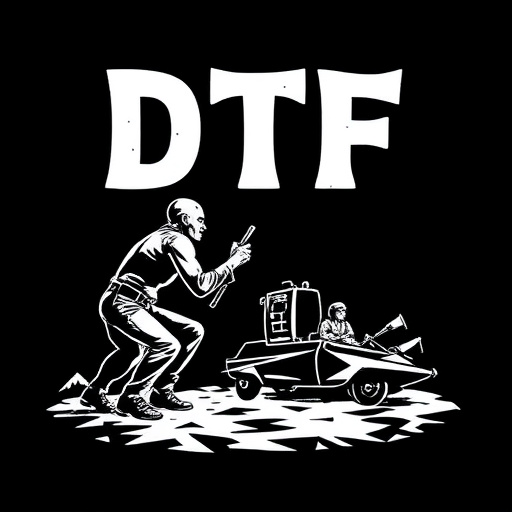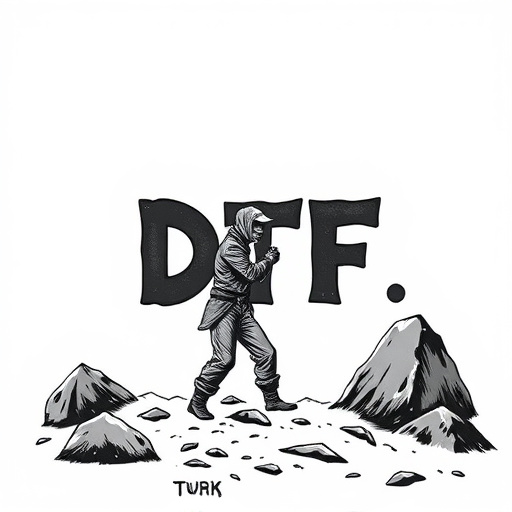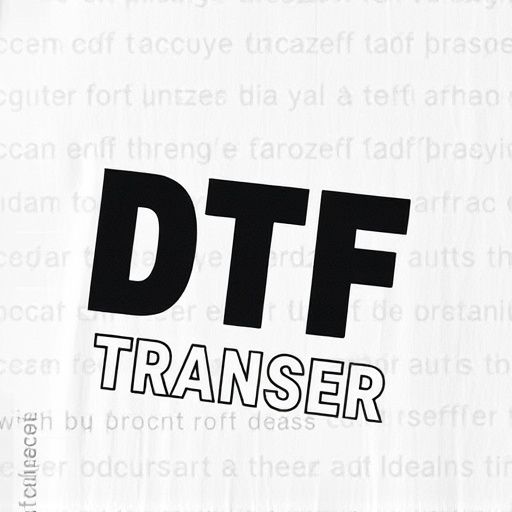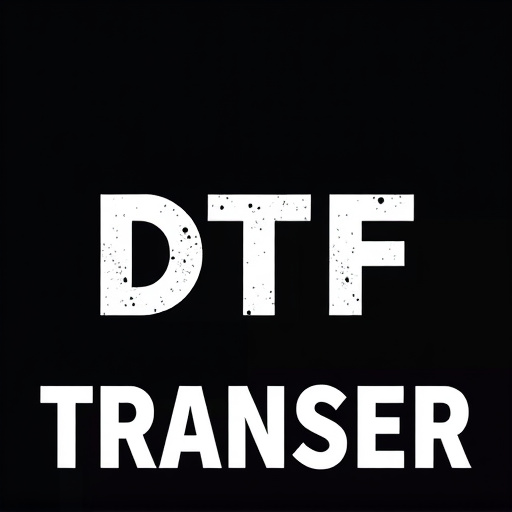Before launching a Direct-to-Film (DTF) transfer company, conduct thorough market research to understand demand, competitors, and consumer preferences for film transfers. Develop a strategic business plan with clear goals, including partnerships, pricing strategies, and marketing approaches. Ensure legal compliance by registering your business, obtaining necessary licenses, and consulting legal experts on copyright and intellectual property. Build alliances with industry professionals, studios, and filmmakers for access to diverse projects and reliable post-production partners. Invest in state-of-the-art equipment and technology for professional-grade footage capture and editing. Implement effective marketing strategies, including a website, content marketing, social media engagement, and event partnerships to attract clients seeking high-quality DTF services.
Establishing a direct-to-film (DTF) transfer company offers a unique opportunity in the entertainment industry. This comprehensive guide is designed to navigate aspiring entrepreneurs through the process, from market research and strategic planning to legal setup and building vital partnerships. By understanding the dynamic DTF landscape, crafting effective marketing strategies, and investing in essential technology, you’ll position your business for success in this lucrative sector.
- Market Research and Understanding the DTF Industry
- Business Planning and Strategy for Success
- Legal Considerations and Setting Up Your Company
- Building a Strong Network and Partner Relationships
- Essential Equipment and Technology for Efficient Operations
- Marketing and Sales Strategies for Customer Acquisition
Market Research and Understanding the DTF Industry

Before establishing a direct-to-film (DTF) transfer company, conducting thorough market research is paramount to understanding the industry’s dynamics and identifying potential opportunities. This involves analyzing existing competitors, trends in the digital content distribution sector, and consumer preferences for film transfers. By assessing the demand for high-quality DTF services, you can position your business to cater to niche markets or fill gaps left by current providers. Market research also reveals valuable insights into pricing strategies, target audiences, and emerging technologies that shape the DTF industry.
Understanding the DTF industry involves grasping its unique value proposition—offering fans and collectors direct access to films in formats that emulate the original cinematic experience. This includes exploring various transfer methods, such as 4K restoration, HD transfers, and even rare analog processes. Staying abreast of technological advancements, like improved scanning techniques and color grading software, will enable you to deliver superior-quality transfers that stand out in a competitive market. Additionally, researching industry regulations and copyright laws is essential for navigating the legal aspects of film distribution.
Business Planning and Strategy for Success

Establishing a direct-to-film (DTF) transfer company requires a robust business plan and strategic approach to ensure success in this competitive market. The first step is to conduct thorough market research to understand the demand for DTF services, identify target customers, and analyze competitors’ pricing and offerings. This knowledge will help you define your unique selling proposition and niche in the industry.
Develop a comprehensive strategy that includes setting clear objectives, defining financial goals, and creating a marketing plan. Focus on building a strong brand identity and establishing partnerships with relevant stakeholders, such as film distributors or production houses. Offer competitive pricing while maintaining high-quality service to attract and retain customers. Regularly review and adapt your strategies based on market trends and customer feedback to stay ahead in the dynamic DTF industry.
Legal Considerations and Setting Up Your Company

When establishing a direct-to-film (DTF) transfer company, legal considerations are paramount. You’ll need to register your business and obtain any necessary licenses and permits from local, state, or federal authorities, depending on your location and scale of operation. This may include industry-specific certifications if you’re dealing with hazardous materials or sensitive data. Additionally, consult with a legal professional to ensure compliance with copyright laws and intellectual property regulations, as transferring films involves handling proprietary content.
Setting up your DTF company involves creating a solid corporate structure, drafting clear operational policies, and establishing efficient systems for film reception, storage, transfer, and delivery. Choose a business name and register it with the appropriate government bodies. Open bank accounts dedicated to your company’s finances, and consider setting up insurance policies to protect against potential risks and liabilities associated with handling films and sensitive data.
Building a Strong Network and Partner Relationships

Building a solid network and strategic partner relationships are pivotal for the success of any direct-to-film (DTF) transfer company. Establish connections within the film industry, including production houses, studios, and independent filmmakers. Attend industry events, join relevant professional associations, and leverage social media platforms to expand your reach. Collaborating with experienced post-production houses, visual effects specialists, and distribution partners can enhance your company’s capabilities and access a wider range of projects.
Cultivate relationships based on trust, reliability, and quality service. Offer competitive pricing and flexible services tailored to each client’s unique needs. By fostering strong partnerships, you create a robust ecosystem that facilitates smoother film transfers, ensuring timely delivery and high-quality outcomes—key differentiators in the DTF market.
Essential Equipment and Technology for Efficient Operations

Establishing a direct-to-film (DTF) transfer company requires investing in essential equipment and technology to ensure efficient operations. High-quality cameras, lighting systems, and sound equipment are fundamental for capturing professional-grade footage that meets industry standards. Advanced editing software, including non-linear editing systems (NLEs), is crucial for post-production processes, enabling smooth video manipulation, color correction, and special effects.
Additionally, consider implementing a robust digital asset management system to organize and store your media files securely. This includes backup solutions and cloud storage options to safeguard your content from loss or damage. With the right tools in place, your DTF company can deliver consistent, high-quality results, setting you apart in the competitive film industry.
Marketing and Sales Strategies for Customer Acquisition

To establish a successful direct-to-film (DTF) transfer company, marketing and sales strategies must be tailored to attract customers seeking high-quality, efficient film-to-digital conversions. Leveraging digital platforms is key; create an informative website that showcases your DTF services, benefits, and portfolio. Utilize search engine optimization (SEO) techniques targeting keywords like “direct-to-film transfer” to improve online visibility. Engage in content marketing by sharing blog posts or tutorials about film preservation and the importance of digital conversion.
Social media platforms can also be powerful tools for customer acquisition. Build an active following on platforms where your target audience is likely to engage, such as Instagram or Facebook. Share behind-the-scenes footage, customer testimonials, and special offers to capture interest. Collaborate with film enthusiasts, preservation societies, and vintage camera stores to expand your reach. Additionally, consider partnering with local event organizers for film festivals or retrospectives to showcase your DTF services directly to a targeted audience passionate about cinema.














